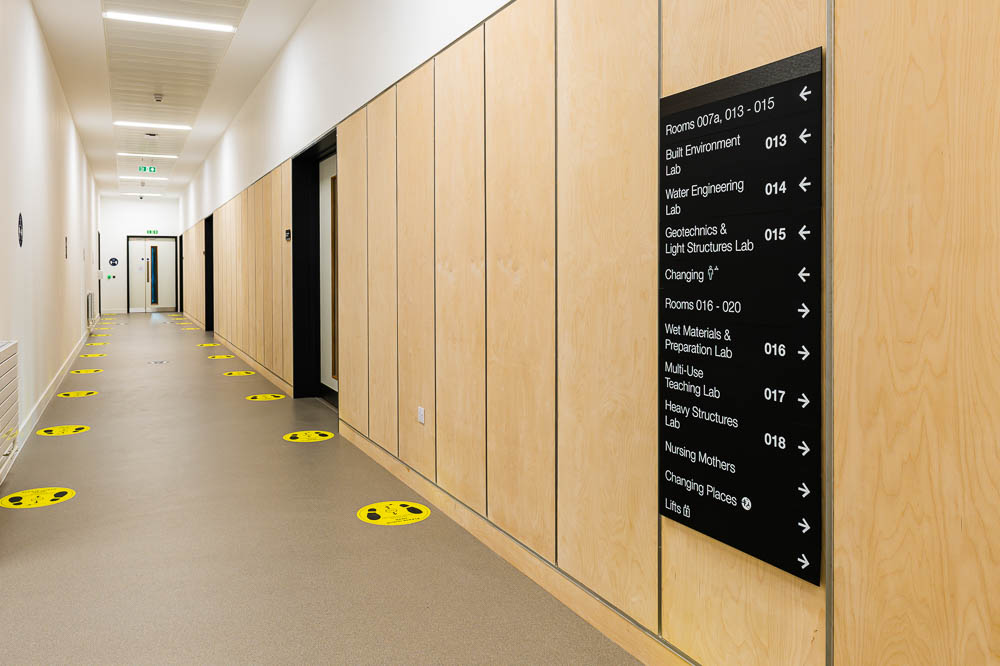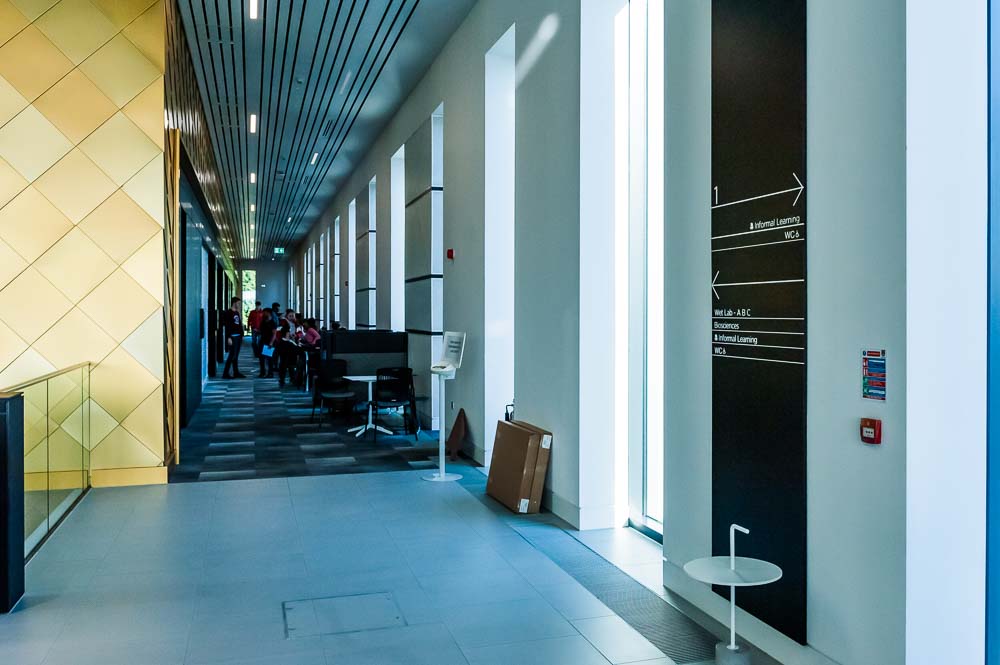Signs communicate more than just the name of an organisation. The quality and design of a sign can say a lot about a company to the audience who see it. Signs are there to communicate a message and good signs communicate it efficiently and effectively, with no doubt about what the brand stands for.
Poor signage however, can’t convey those messages well or at all. In this article we’re going to look at some mistakes to avoid when planning new signage so you can avoid falling into the same traps as countless companies before you.
Avoid having errors on the sign
Whether it is a spelling mistake, an image is missing or the details are wrong, too many signs are put up with errors. This is usually because the proofreading stage was not comprehensive enough. Not only should the original designs be thoroughly checked by more than one person, but at each design phase the signs should be undergoing careful scrutiny to ensure that no mistakes have occurred.
A good signage company will have no problem checking and double-checking that the sign matches all specifications before installing it or sending it off.
Avoid using the wrong signage materials
When planning signage it is important to think of the environment it will be in. Outdoor signage is subject to weather and therefore must be made of materials that are resistant to that kind of weather. Not just the sign either, but the installation method should also take into account the local weather. For example, a sign made from extremely good heat-resistant material but cannot take a lot of weight would be no good somewhere where it snows a lot and snow rests on the sign frequently.
All signage should be made of appropriate materials and affixed properly to mitigate health and safety risks. Making sure the right materials are used will also help with longevity. Some signs are temporary but some need to last for a decade or more. Therefore, the length of time it will be used, should be taken into account when planning the right materials.
Avoid putting signage in the wrong place
The International Sign Association says at 55 miles per hour, a sign viewer travels 80 feet per second. Therefore, the more visible and readable a sign is from a distance, the longer the sign viewer will have to see the sign. Furthermore, research shows that a sign mounted on a building front, parallel to a roadway needs to be 70% larger than a sign that is perpendicular to a roadway, otherwise it cannot be read quickly enough. Even if they are not driving, a viewer is usually moving so it is important to ensure your signs are in places that can be seen and understood easily, usually within an instant.
In addition, you need to consider whether the placement is appropriate. For example, are bushes or trees likely to grow in the way of the sign or are there too many signs in that place already that yours won’t stand out?


Avoid making it unreadable
Another aspect of planning is ensuring your sign is readable. Not just from a spelling or placement perspective, but also from a font, dimensions and illumination perspective. Your sign needs to be big enough, or small enough, to be seen by the right people. Too big and your customers outside might not be able to see it properly. Too small and it will be missed even by the folks who know it is there.
All signage should be inclusive for anyone with accessibility needs as you do not want to create barriers for those customers. If you are planning to be open at night or want to advertise during the dark hours, illumination needs to be factored in. Will potential customers be able to see it in the dark if you want them to? Finally, a clearly legible font must be chosen so everyone can immediately read the words.
Don’t ignore regulations
There are regulations regarding signage across the UK and problems will arise if you do not adhere to them. According to Planning Portal, planning permission is required if you want an advertisement larger than 0.3 metres square and at as basic level, all signs must comply with five conditions.
All signs must;
- be kept clean and tidy;
- be kept in a safe condition;
- have the permission of the owner of the site on which they are displayed (this includes the Highway Authority if the sign is to be placed on highway land);
- not obscure, or hinder the interpretation of, official road, rail, waterway or aircraft signs, or otherwise make hazardous the use of these types of transport;
- be removed carefully where so required by the planning authority.
In addition, there are other rules for businesses that can differ between local planning authorities so it is important to check all of these before you purchase your sign. Local authorities have the ability to remove signs that are not permissible.
What can you do to avoid mistakes when planning signage?
Talk to the professionals. Professional sign makers are experts at calculating dimensions and distances for signs. They understand designs and placements that are easiest for people to see and understand quickly.
Designers and manufacturers of signage such as the team at xsign understand planning permissions and regulations, as well as appropriate fonts and accessibility, so feel free to contact us.


